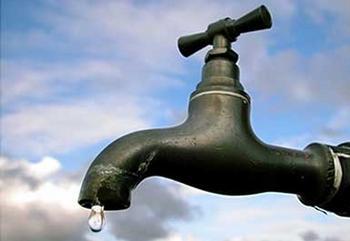As a consumer of local news you’ve probably read or heard about the proposed Dungeness reservoir …?
If not, it’s imagined as an 80-plus acre lake on DNR land southwest of Sequim that fills in the winter and summer and drains in the spring and fall. River water, when running high in May and June, could be used to fill it. Plus it would capture and control raging storm runoff from Burnt Hill before it floods properties in the city.
The stored water would supply farms so amply that up to half the river flow would stay in stream when salmon need it in late summer. The location is ideal: state-owned land already used for recreation and high enough for gravity to deliver the water via existing irrigation networks when and where it’s needed.
Every single person I’ve heard from thinks this imagined reservoir is a wonderful idea and they’re clearly having fun imagining other new uses for a large body of water: bird watching, fishing, paddle boarding and so on. What’s not to love? Well — besides details like fish not surviving a periodically dry lakebed — the price tag.
It will take some serious imagination to find sources of capital funding to secure the land and creatively fund future operations. Our community of water managers is up to the task, and in fact, already has started making contacts and seeking grants.
If we think a new lake sounds wonderful now, it will be sacred in dry years in the future.
We are not unique. The wisdom of storing water is grandly exhibited in massive, decorated Roman cisterns built or carved underneath cities in ancient times throughout the dry Mediterranean region, affording survival during siege and luxury otherwise. These were filled with roof runoff and/or with stream water delivered via aqueducts.
European settlers of the U.S. colonies commonly used private cisterns until piped water systems were engineered and built in the 19th and 20th centuries. Pioneers settling the West took advantage of vast open spaces and built irrigation systems, storage ponds and reservoirs as fast and as often as they could.
Here in Sequim, settlers recognized that their future irrigation water was conveniently stored by Mother Nature in mountain snowpack until growing season when it melted and flowed downhill, into the waiting arms of Crazy Callen and other ditch diggers. Irrigation canals crawl all over maps drawn in the early 20th century. Storage ponds were (and still are) a wise way to supplement and hedge dry times on a farm.
In a profound twist in Sequim’s hydrologic story, vast sand and gravel aquifers (natural cisterns, if you will) were recharged inadvertently summer after summer for a century through miles of leaking irrigation ditches and ponds. Now that water supplies are more carefully shared between human and environmental needs, unintentional leakage is minimal. Intentional recharge into a natural storage system conveniently located under our city, on the other hand, is another opportunity worth considering. You never know when we might be under siege.
Geek Moment:
Current snow depth in the upper Dungeness basin on Jan. 21 = 29 inches
Cumulative rainfall in Sequim for the water year (starting Oct. 1) = 12.9 inches
Ann Soule is a licensed hydrogeologist working on water quality and quantity concerns in the Dungeness watershed since 1990. She now works for the City of Sequim. Reach her at columnists@sequimgazette.com.



